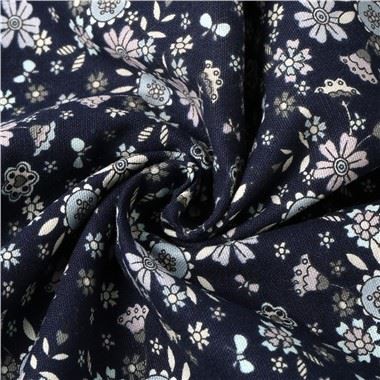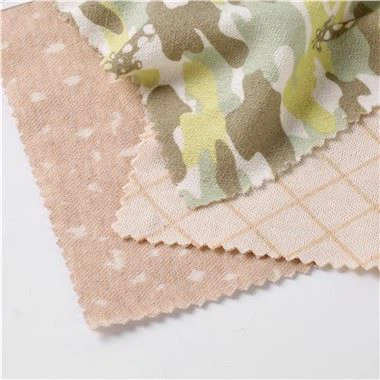Why do fabrics deteriorate?
Dec 18, 2024
Fabrics left unused for a long time can deteriorate, resulting in a decline in both quality and appearance, while also creating possible health hazards for the end consumer.
Moldy:
The presence of moisture and oxygen in textile fabrics is a key factor that supports mold's growth and spread. Additionally, substances like cellulose, proteins, starch, and gelatin, which are left on the fabric during manufacturing, provide the nutrients mold needs to proliferate.
To prevent mold growth, proper ventilation, moisture control, sealing, cooling, and heat protection should be implemented during production, processing, and storage. Keeping fabrics clean, dry, and at low temperatures is essential, and antimicrobial treatments like spraying antibacterial agents can also be used.
Insect infestation:
Wool fabrics, which are composed of protein fibers, are easily damaged by insects. On the other hand, cotton, linen, and synthetic fabrics, although free from protein, can also be targeted by pests due to traces of residual materials from production or packaging.
To prevent damage, ensure fabrics remain clean, dry, and aired out, while avoiding oil stains. For household use, placing mothballs or other insect repellents can help, but make sure to choose the ones wrapped in non-woven fabric to avoid contamination of clothes.
Yellowing and discoloration:
Fabrics that have undergone bleaching may experience yellowing due to various factors, such as incomplete soap washing, inadequate de-chlorination, exposure to sweat stains, or ironing while still warm. Additionally, long storage periods in humid, poorly ventilated conditions can also contribute to this issue. Some textiles dyed with direct dyes may also fade, changing from deep to lighter shades due to exposure to sunlight and wind.
To safeguard the fabric, ensure that the warehouse is properly ventilated and moisture-controlled, and that materials are kept in areas protected from direct sunlight. Displayed fabrics should be changed periodically to prevent problems like fading, yellowing, or wind marks.
Brittleness:
Improper use of dyes and incorrect printing processes can cause fabric to become brittle and damaged. Long-term exposure to air, sunlight, wind, heat, moisture, or contact with corrosive substances like acids and alkalis can weaken the fabric, leading to a loss of strength and dullness in its shine.
Storing fabrics in a well-ventilated place, away from direct sunlight, is essential to protect them from heat and light. Additionally, maintaining the proper temperature and humidity levels in the warehouse is necessary to prevent damage.







